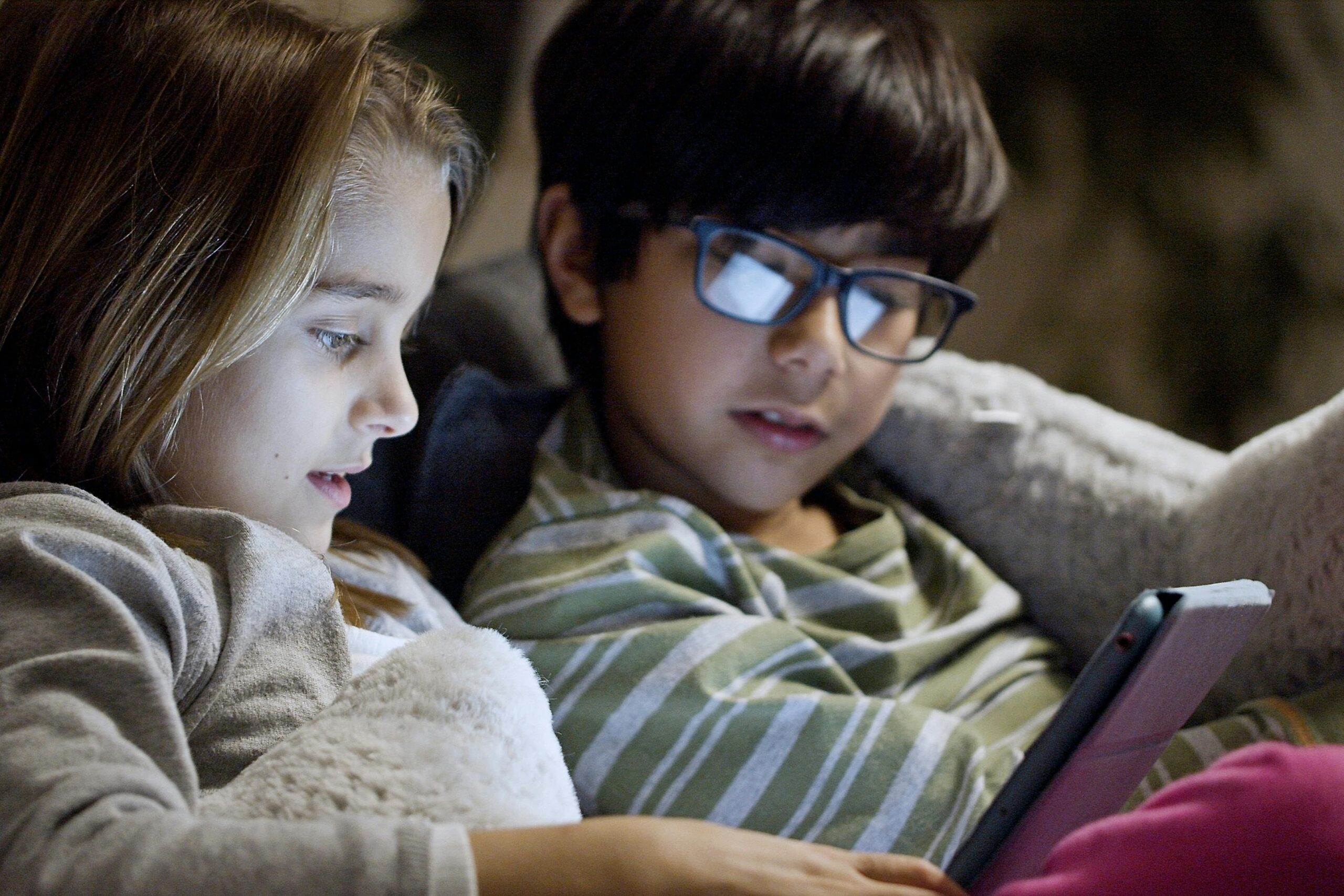Technology is everywhere! From online classes to entertainment, screens have become an unavoidable part of children’s lives. While digital tools offer many benefits, excessive screen time can affect children’s physical health, sleep patterns, and social skills.
So, how can parents set healthy boundaries without constant battles? Let’s dive into some effective strategies to manage screen time while keeping peace at home.
1. Understand the Impact of Excessive Screen Time
Before setting rules, it helps to understand why too much screen time is a concern. Studies show that excessive screen use can:
- Lead to obesity due to reduced physical activity.
- Affect sleep quality, especially when screens are used before bedtime.
- Increase the risk of attention and behavioral issues.
- Reduce face-to-face interactions and social skills.
Awareness of these effects can motivate both parents and kids to create a balanced approach to screen use.
2. Set Age-Appropriate Screen Time Limits
There’s no one-size-fits-all rule, but expert recommendations suggest:
- 0-2 years: Minimal to no screen time, except for video calls with family.
- 2-5 years: Up to one hour per day of high-quality, educational content.
- 6-12 years: A maximum of 1-2 hours of recreational screen time per day.
- 13+ years: Balanced use with breaks and priority given to offline activities.
These limits act as a guideline, but the key is to ensure that screen time doesn’t replace sleep, physical activity, or real-world interactions.
3. Lead by Example
Kids observe and mimic their parents. If they see you constantly glued to your phone, they’ll follow suit. Try to:
- Reduce your own screen time when spending time with them.
- Avoid using devices during meals or family activities.
- Show them how to use screens for learning and productivity rather than just entertainment.
When parents set healthy digital habits, children are more likely to do the same.
4. Encourage Screen-Free Activities
Help children discover the joy of offline activities. Some ideas include:
- Playing board games or puzzles.
- Reading books together.
- Engaging in outdoor sports or cycling.
- Doing arts and crafts or DIY projects.
- Cooking simple recipes together.
When kids find enjoyment in non-screen activities, they’re less likely to depend on digital devices for entertainment.
5. Create Screen-Free Zones and Times
Set boundaries by designating certain areas and times as screen-free, such as:
- No screens during meals – This promotes family bonding and mindful eating.
- No screens in the bedroom – Helps improve sleep quality.
- No screens an hour before bedtime – Reduces exposure to blue light, which affects sleep.
Instead, use these times for conversations, bedtime stories, or relaxation.
6. Use Parental Controls Wisely
Technology isn’t the enemy—it’s how we use it that matters. Use parental control tools to:
- Restrict inappropriate content.
- Set screen time limits.
- Monitor online activity without invading privacy.
Apps like Google Family Link, Apple Screen Time, and Microsoft Family Safety can help maintain a healthy digital environment.
7. Encourage Active Screen Time
Not all screen time is bad! Encourage educational and interactive screen activities such as:
- Watching science or history documentaries.
- Using apps for coding, art, or music.
- Playing educational games that build problem-solving skills.
- Video calling family members to strengthen connections.
When screens are used for learning and creativity, they become a valuable tool rather than a passive distraction.
8. Teach Digital Etiquette and Online Safety
Kids need guidance on responsible screen use. Teach them:
- The importance of privacy—never sharing personal details online.
- The impact of cyberbullying and how to handle negative interactions.
- How to differentiate between real and fake news.
- The importance of taking breaks and avoiding binge-watching.
When kids understand digital responsibility, they’re more likely to use screens wisely.
9. Use the “When-Then” Approach
Instead of arguing about screen time, set a routine where screens are a reward after important tasks. For example:
- “When you finish your homework, then you can watch TV.”
- “When you play outside for an hour, then you can have screen time.”
This approach ensures that responsibilities come first and helps children learn self-regulation.
10. Make Screen Time a Family Activity
Instead of isolating screen use, make it interactive:
- Watch movies together and discuss them afterward.
- Play family-friendly video games.
- Learn something new online as a family, like a fun DIY project or a cooking tutorial.
When screen time becomes a shared experience, it fosters connection rather than division.
11. Encourage Open Communication
Instead of strict bans, have conversations about screen time. Ask questions like:
- What do you enjoy watching or playing?
- How does screen time make you feel?
- Do you think you spend too much time on screens?
When kids feel involved in the decision-making process, they’re more likely to follow the rules.
12. Don’t Use Screens as a Babysitter
It’s tempting to hand a tablet to a child to keep them busy, but overuse can lead to dependency. Instead, offer alternative ways to keep them engaged:
- Give them puzzles or books.
- Set up a creative play area.
- Encourage them to help with household chores in a fun way.
Screens should be an occasional tool, not a default solution.
13. Be Flexible but Consistent
Strict rules may backfire, especially as kids grow older. Instead of rigid restrictions, create a balanced approach:
- Allow some extra screen time on weekends or holidays.
- Be flexible if screen use is for schoolwork or creative projects.
- If screen time exceeds limits, encourage compensating with more offline activities the next day.
Consistency is key, but occasional flexibility prevents frustration and rebellion.
14. Encourage Mindful Screen Use
Teach kids to ask themselves before using screens:
- “Why am I using this? For learning or just passing time?”
- “How do I feel after spending time on this?”
- “Could I do something more productive instead?”
Building self-awareness helps children develop better digital habits.
15. Set Realistic Goals and Celebrate Progress
Instead of forcing sudden changes, set small, achievable goals like:
- Reducing screen time by 15 minutes per day.
- Replacing one hour of screen time with outdoor play.
- Having a tech-free family night once a week.
Acknowledge their efforts and celebrate small wins to keep them motivated.
Final Thoughts
Managing screen time doesn’t have to be a battle! With clear guidelines, engaging alternatives, and open communication, kids can develop a healthy relationship with screens.
The goal isn’t to eliminate screens but to use them mindfully—so kids can enjoy the digital world without losing touch with the real one.
So, what’s your biggest challenge with managing screen time?



